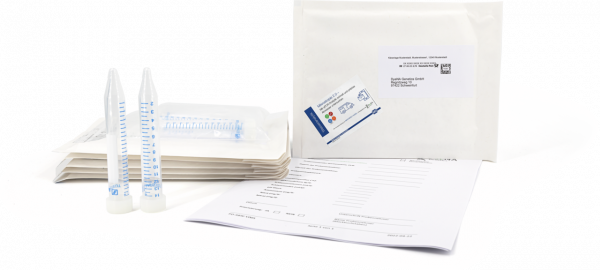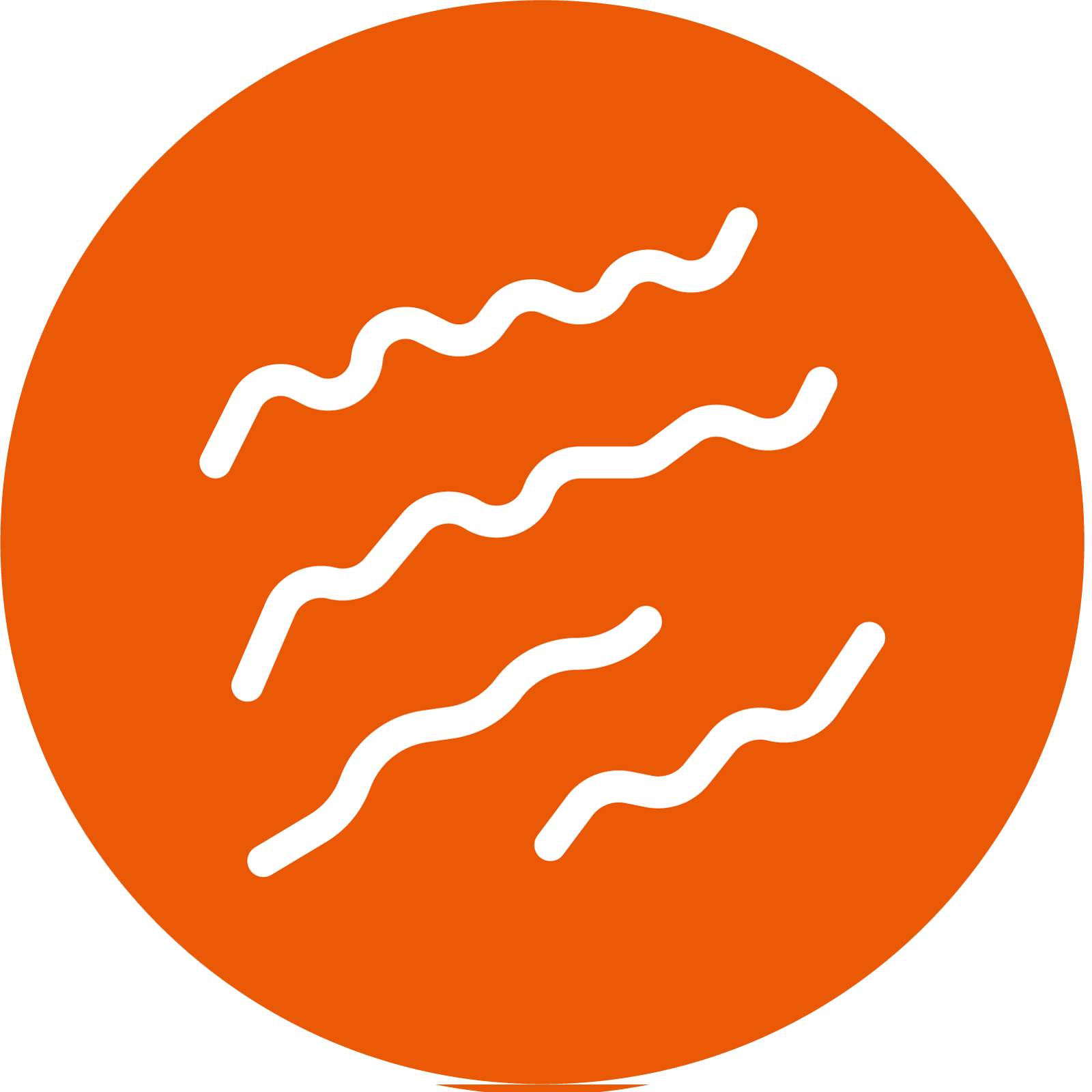Sewage Treatment plant monitoring for Microthrix Parvicella

*taxes and shipping not included
Monitoring for Microthrix Parvicella
| Target | DNA |
| Selling unit | 6 Test(s), 12 Test(s), 24 Test(s) |
| Shelf life (from production) | 3 Year(s) |
| Hazardous material | No |

Microscopy 2.0 - The innovation in wastewater analysis
Microthrix parvicella is one of the main causes of bulking and floating sludge. The occurrence of bulking and floating sludge leads to a strong impairment of the purification performance of the wastewater treatment plant up to an operational disturbance.
- Early warning function - the qPCR allows early control of bulking and floating sludge before an operational malfunction occurs
- Targeted selection of countermeasures
- Reduction of costs due to reduced countermeasures period
The PCR - The Microthrix Early Warning System
Monitoring of Microthrix is done in most plants via the sludge index (SI) as well as the microscope. Our microscopy 2.0 consists of a qPCR. With the help of this analysis, the slightest changes in the Microthrix parvicella population in your plant can be detected.
Targeted use of countermeasures for Microthrix parvicella
By means of qPCR, the effectiveness of the precipitant becomes immediately visible, based on the reduction of life and total cell count. The sludge index initially remains unchanged. After addition of precipitant B, the live and total cell count drops again significantly. The sludge index, on the other hand, increases and only normalises on day 56. qPCR allows the effectiveness of the precipitants to be assessed within 7 days, which can contribute to a reduction in costs.

Microthrix - no longer a problem with the right monitoring tool
- Precise monitoring of bulking and floating sludge with qPCR
- Early warning function - timely prevention of operational problems
- Cost reduction through targeted use of countermeasures


